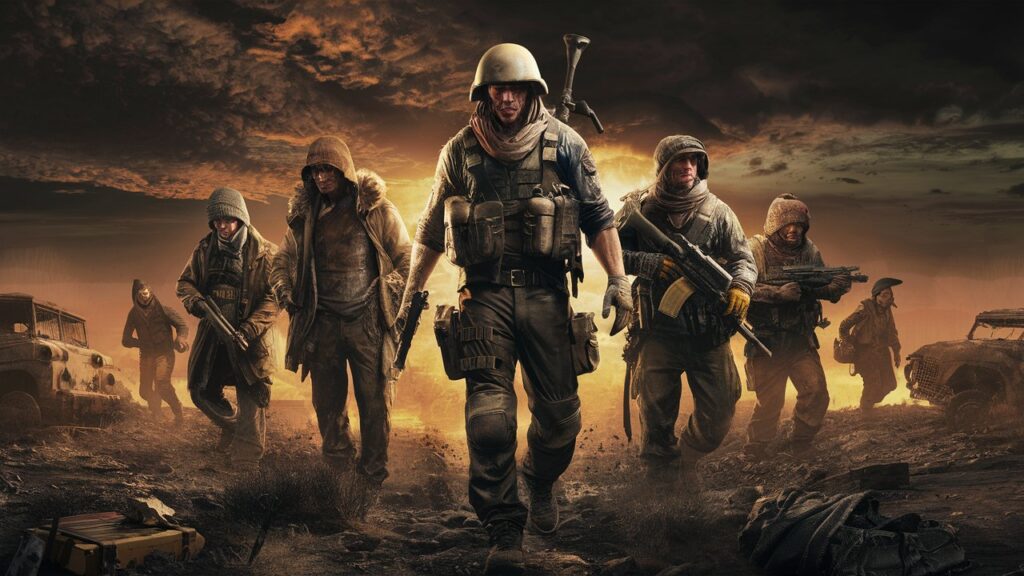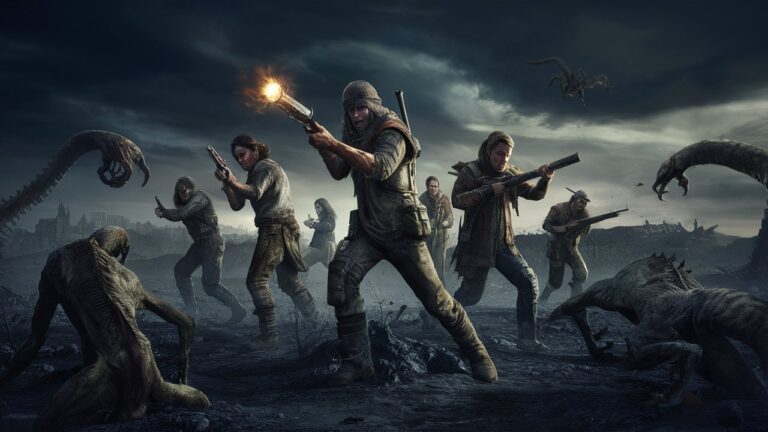Introduction: The Allure of Survival in a Broken World
The post-apocalyptic genre has long captivated audiences with its raw exploration of human resilience, moral ambiguity, and the primal struggle for survival. Badland Hunters emerges as a standout entry in this space, weaving a gritty narrative of scavengers, warlords, and survivors navigating a ravaged Earth. Set in a desolate wasteland where society’s rules have crumbled, the story forces characters—and viewers—to confront existential questions: What does it mean to be human when civilization collapses? How far would you go to protect those you love? This article delves into the world of Badland Hunters, unpacking its themes, characters, and the brutal beauty of its storytelling.
1. The World of Badland Hunters: A Post-Apocalyptic Landscape
The setting of Badland Hunters is as much a character as the humans who inhabit it. Decades after an unspecified global catastrophe, the Earth has become a barren expanse of dust storms, radioactive zones, and decaying urban ruins. Water is scarce, technology is reduced to salvaged scraps, and survival hinges on scavenging. The “Badlands” themselves—a lawless territory beyond the reach of crumbling governments—are ruled by rival factions. This environment amplifies tension, as characters navigate threats like mutated wildlife, rogue militias, and the ever-present specter of starvation. The world-building is meticulous, blending stark visuals (think sun-bleached skeletons of skyscrapers) with subtle hints of the old world’s grandeur, creating a haunting juxtaposition of past and present.
2. Characters in Badland Hunters: Heroes, Villains, and the Morally Gray
At the story’s core is Jaxon Kane, a grizzled hunter haunted by his past as a soldier. Kane’s pragmatic brutality is tempered by an unshakeable code: he never harms children. His foil is Lysandra Vey, a rogue scientist searching for a rumored “Green Zone” where ecosystems still thrive. Their uneasy alliance drives the plot, but the supporting cast shines too. Take “The Warlord of the Iron Sands,” a charismatic tyrant who controls water supplies, or Mara, a teenage thief whose loyalty shifts with the wind. These characters aren’t simply good or evil—they’re survivors shaped by trauma, making choices that blur ethical lines. Their interactions reveal the fragility of trust in a world where kindness can be a liability.
3. Survival Tactics: The Art of Staying Alive in the Badlands
Survival in Badland Hunters isn’t just about physical endurance—it’s a mental game. Scavengers use “dead maps” (pre-collapse blueprints) to loot underground bunkers, while hunters trade in “bone currency” (animal teeth and vertebrae). Key tactics include:
- Water Wars: Contaminated reservoirs force characters to distill urine or siphon moisture from cacti.
- Silent Combat: Firearms attract attention, so bows, knives, and improvised weapons dominate.
- Alliance Roulette: Trusting the wrong faction could mean slavery or worse, yet going solo is a death sentence.
The series doesn’t shy from showing the visceral reality of survival, from infected wounds to the psychological toll of constant vigilance.
4. The Central Conflict: Humanity vs. Barbarism
The overarching conflict in Badland Hunters isn’t just between characters—it’s a battle for the soul of humanity. When Kane discovers a hidden hydroponic farm capable of restoring agriculture, he faces a dilemma: share the discovery and risk it being weaponized, or destroy it to prevent greed from corrupting hope. Meanwhile, Lysandra’s quest for the Green Zone pits her against eco-fascists who believe Earth’s rebirth requires human extinction. These clashes ask whether empathy can endure in extremis or if collapse inevitably breeds nihilism. The answer, the story suggests, lies in small acts of defiance—like a character planting seeds in toxic soil, symbolizing stubborn hope.

5. Themes and Symbolism: What Badland Hunters Says About Us
Beneath its action-packed surface, Badland Hunters grapples with profound themes. The wasteland mirrors modern anxieties: climate disaster, resource inequality, and societal fragmentation. Key symbols include:
- The Clockwork Crow: A broken pocket watch carried by Kane, representing time’s irrelevance in a timeless struggle.
- The Red Sky: A permanent atmospheric scar, reminding survivors of the world they destroyed.
The story argues that collapse doesn’t erase humanity—it amplifies it. Cruelty and compassion both flourish, suggesting our true nature is revealed not in comfort, but in crisis.
Conclusion: Why Badland Hunters Resonates in a Fractured Age
Badland Hunters succeeds because it balances spectacle with substance. Its relentless action sequences and stark visuals draw viewers in, but its exploration of moral complexity lingers. In an era where real-world crises—pandemics, climate change—feel increasingly apocalyptic, the series holds up a mirror: Will we succumb to fear, or find the courage to rebuild? By leaving this question unanswered, Badland Hunters challenges its audience to reflect on their own capacity for resilience and empathy.
Frequently Asked Questions (FAQs)
Q: Is Badland Hunters based on a book or comic?
A: No, it’s an original screenplay, though its themes draw inspiration from classics like Mad Max and The Road.
Q: Will there be a sequel?
A: While unconfirmed, the open-ended finale and fan demand make a follow-up likely.
Q: How realistic is the survivalist content?
A: Consultants with military and wilderness expertise ensured accuracy in tactics, though some sci-fi elements (e.g., mutations) are fictionalized.
Q: What’s the message of the story?
A: It argues that humanity’s worth isn’t defined by civilization’s trappings, but by choices made in adversity.
Q: Who would enjoy Badland Hunters?
A: Fans of dystopian dramas, character-driven action, and philosophical storytelling will find it compelling.
This deep dive into Badland Hunters reveals why it’s more than just a survival story—it’s a meditation on what endures when everything else is lost.
